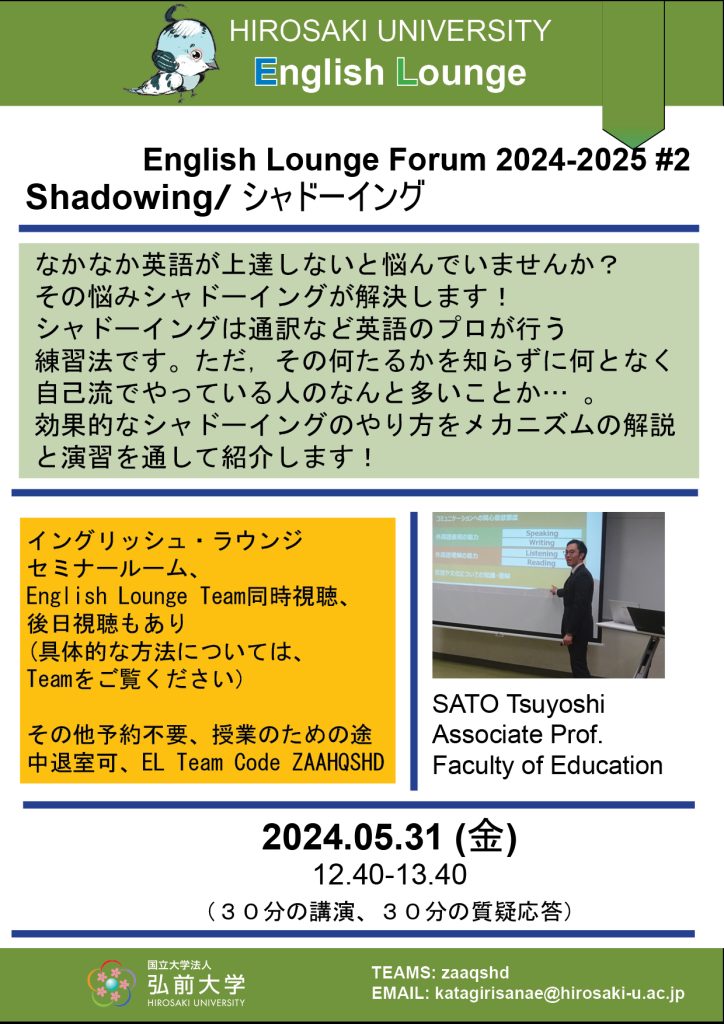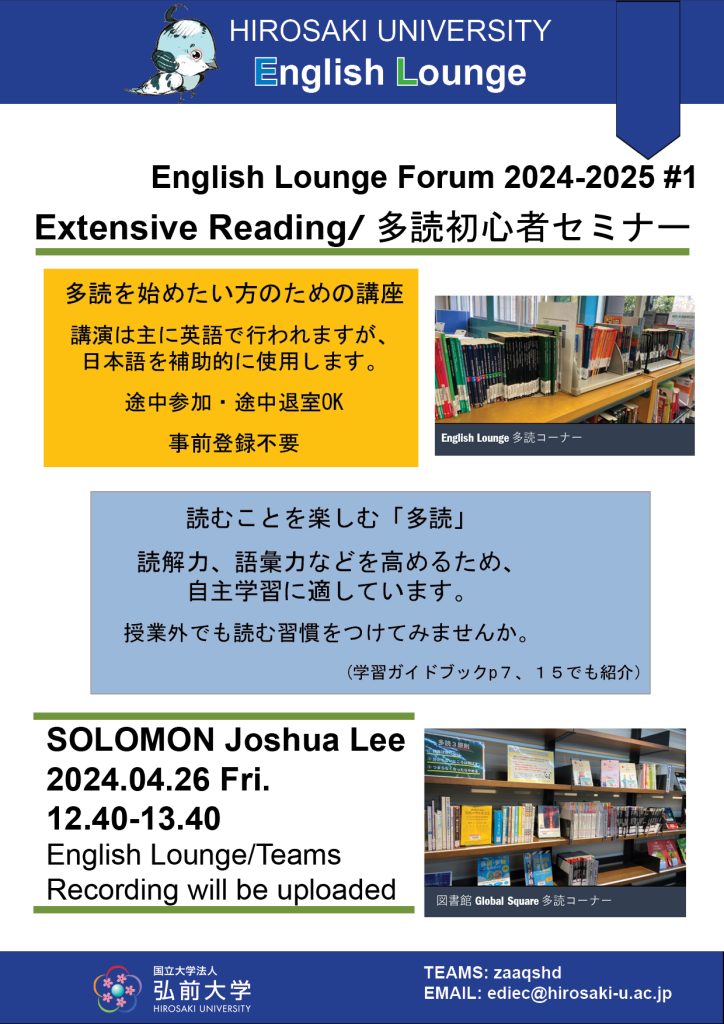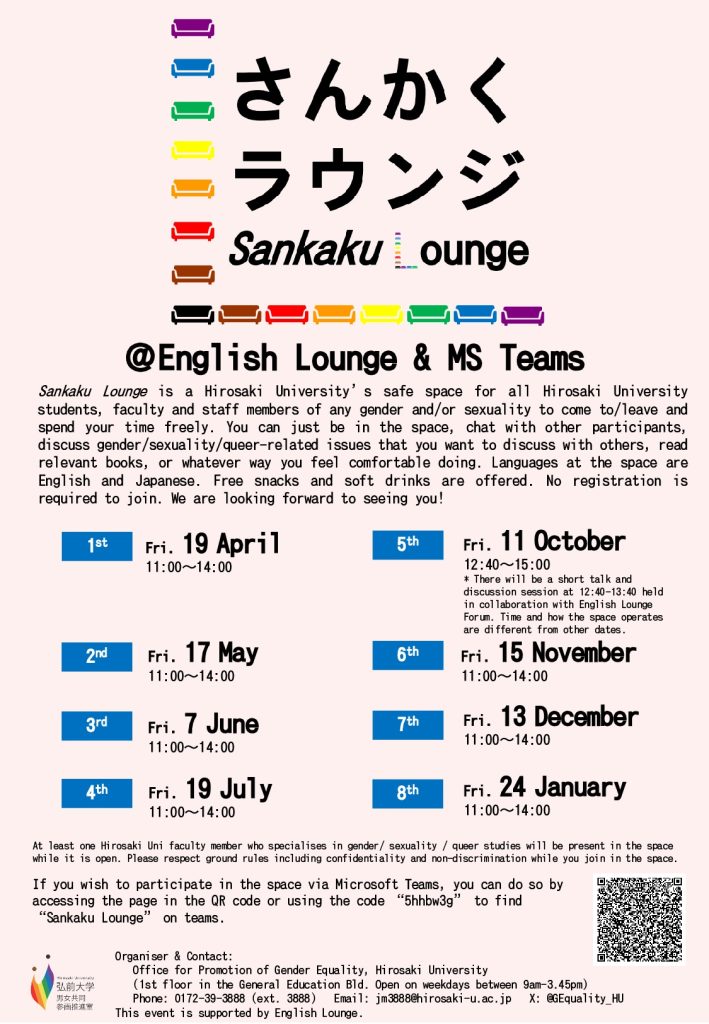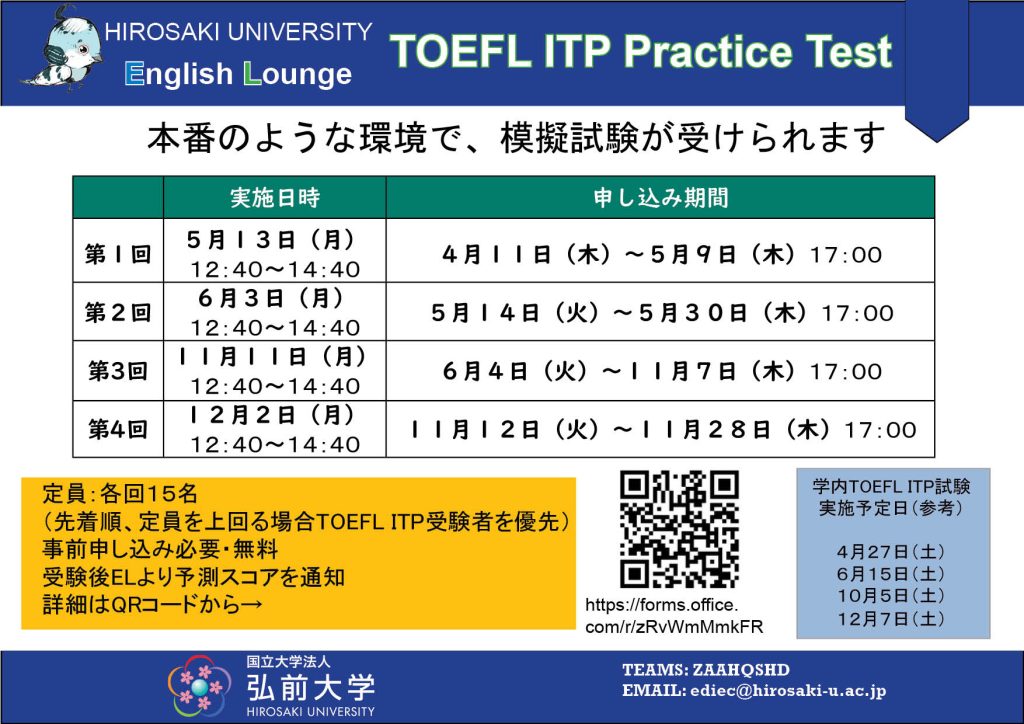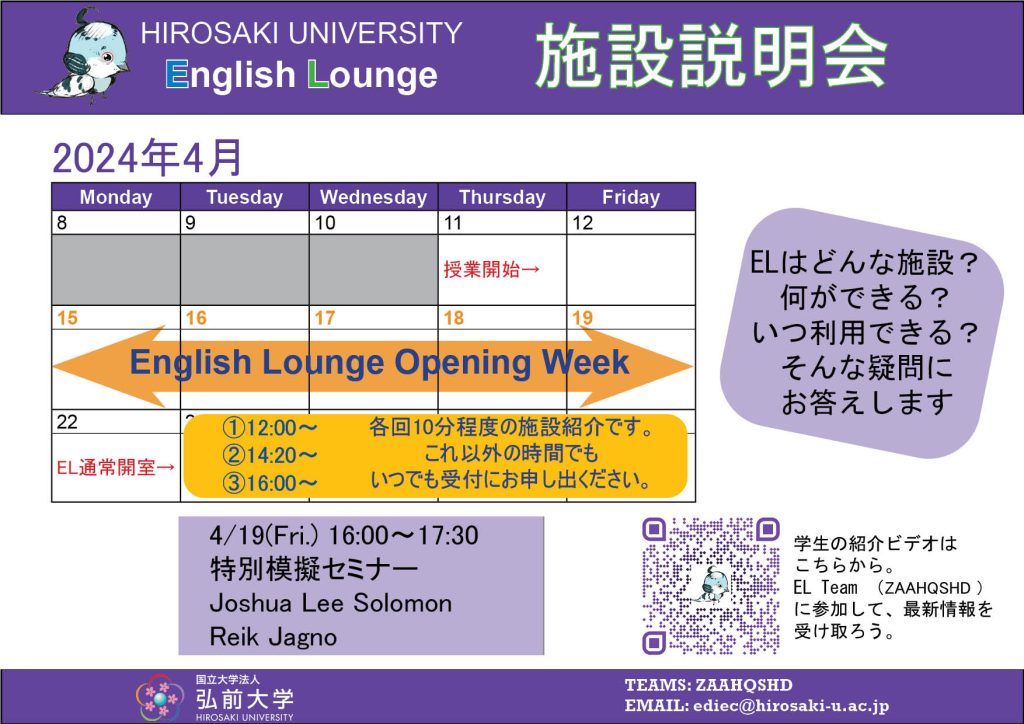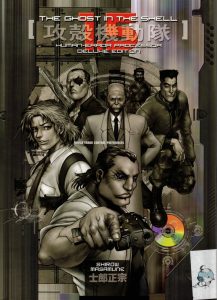[Welcome to the EL Book Introductions series. These posts are all short (<180 words) introductions/reviews of books in the EL library. They focus on telling you what we think will be interesting for you, a college student and English learner, so use them to help you find the right book for you. You can also use the tags to find books about topics you might be interested in.]
_______
A young girl whose family died of disease…a farm boy who can talk to animals…a sick boy who is not allowed to go outside…these characters form a friendship in The Secret Garden (Jp. himitsu no hanazono), a famous book that was also recently turned into a movie (https://www.imdb.com/video/vi2242035225/?playlistId=tt2702920&ref_=tt_pr_ov_vi). None of the characters in the book start out happy: they are lonely and kept in an old house away from the city. However, as the story continues, they find a magical garden which teaches them to be happy again and changes the people around them.
This comic book has very pretty pictures which fit the calm story and its special kind of “magic.” There are very few words on each page, so it is easy to read quickly. Some of the characters have a little accent, but it is still all very easy to understand.
My two cents: I enjoyed the story, but the last five pages with background information on the book and author were also very interesting. They explain how the original book was partly set in Imperial India, and why the author of the adaptation decided to delete those parts of the story.




